Last-Minute NYC Holiday Gift Guide 🎁
We’ve created a holiday gift guide with presents for the intrepid New Yorker that should arrive just in time—


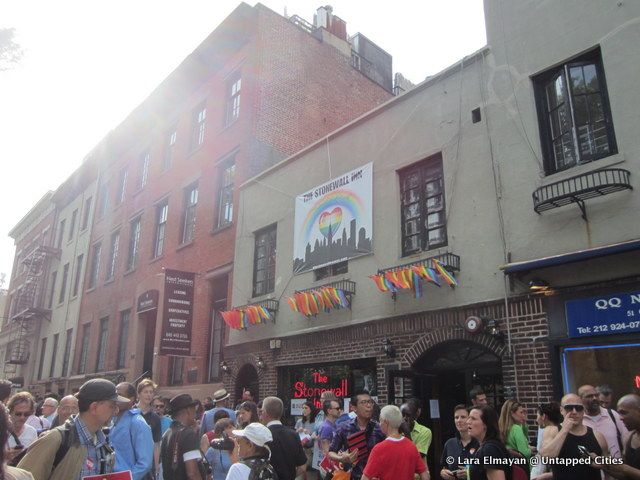
Thursday marks the first day of Pride Week and what better place to celebrate than in NYC? The streets are steeped in over a hundred years of LGBT history, but besides the Stonewall Inn, many people may be surprised to discover just how many NYC locations are tied to the history of the gay rights movement in America. In preparation for Pride Week, we’ve compiled a list of the most important LGBT landmarks in NYC.
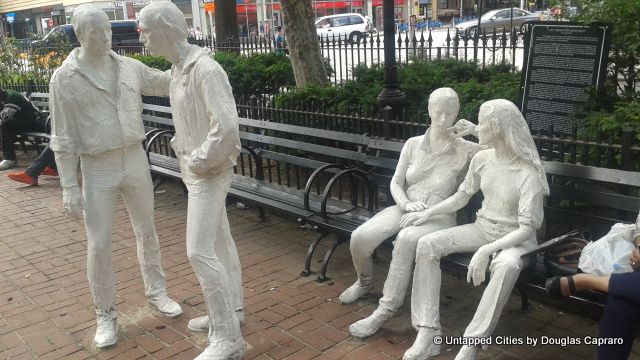
51-53 Christopher St.
In commemoration of the events at the Stonewall Inn, George Segal’s monument at Christopher Park is a powerful symbol of one of the most important civil rights movements in the city’s history. These four white-lacquered bronze sculptures are meant to communicate the affection displayed by both males and females involved in the LGBT community. Although Mayor David N. Dinkins helped unveil the monument in 1992, the project was initially faced with some backlash as a result of the escalating AIDS epidemic. A second cast of this monument has since been built on the the campus of Stanford University in Palo Alto, California.

159 West 10th St.
Julius’ Bar is not only the oldest bar in the Village, but also the oldest gay bar in the city. Strangely enough, in 1966 the bar was the site of a “sip-in” during which members of the Mattachine Society, one of the nation’s first gay-rights groups, identified themselves as homosexuals before ordering drinks at bars. At the time, the NYS Liquor Authority prohibited bars and restaurants from serving homosexuals, and Julius’ bartender denied the patrons service. This well-documented incident ended up causing an investigation by the chairman of the Human Rights’ Commission into the discrimination against homosexuals. Each Thursday of Pride Week, the bar hosts a Mattachine Party to commemorate the incident.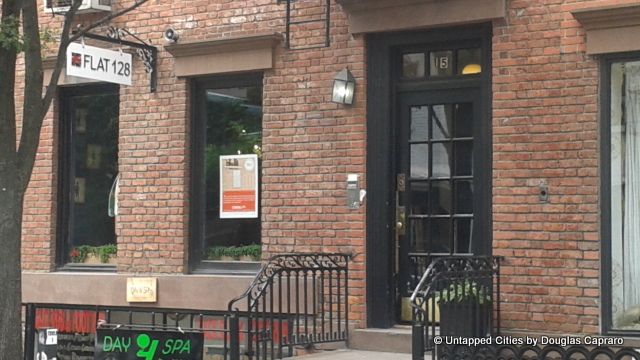
The former location of the Oscar Wilde Bookstore as it looks today.
15 Christopher St.
Although it is one of NYC’s lesser-known LGBT landmarks, this bookstore was in fact the nation’s first bookstore devoted entirely to gay and lesbian authors. It was created by an important early gay rights activist named Craig Rodwell, a man who was also briefly lovers with Harvey Milk. His impetus to promote a positive image of gays through literature had been influenced by his interest in Christian Science. After several owners tried to juggle the store’s often troubled finances after Rodwell died, the store finally closed in 2009 as a result of the financial crisis.
484 14th St. in Park Slope
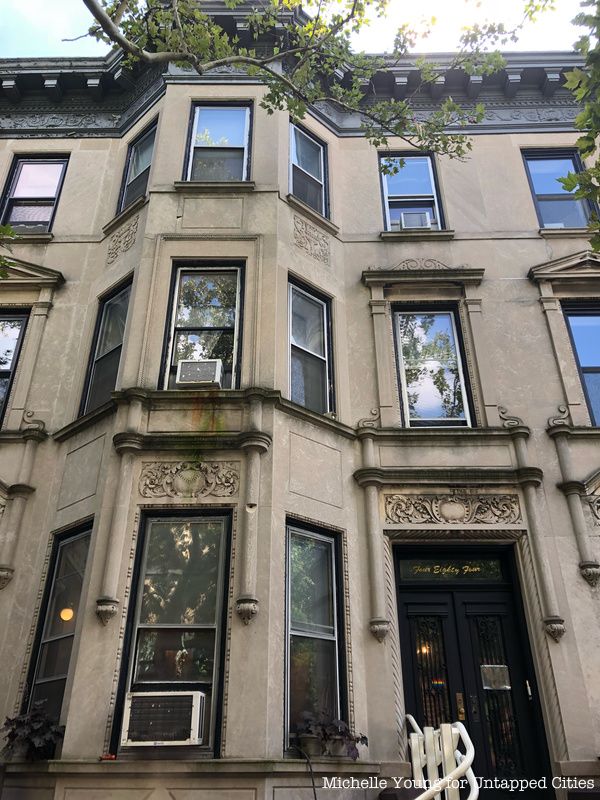
This grassroots lesbian archive was originally founded by progressive lesbian feminists in 1975 after members of the Gay Academic Union began holding separate meetings to discuss sexism. For the first 15 years of its existence, the archive was located in co-founder and lesbian author Joan Nestle’s apartment on 92nd street before moving to its current location in Park Slope. It is currently the largest archive of materials by and about lesbians in the entire world.
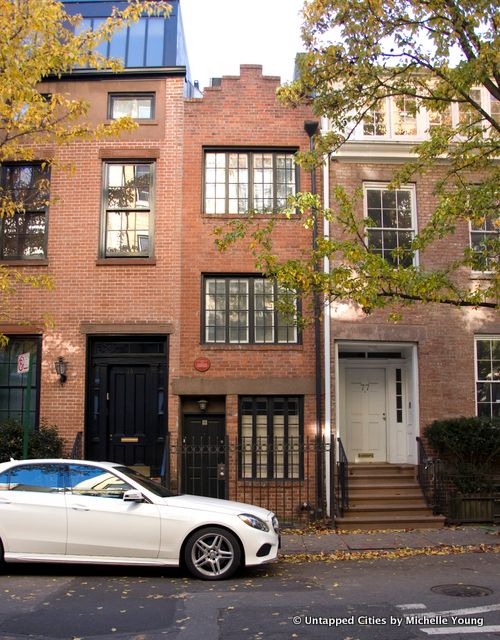
75 1/2 Bedford St.
Believed to be the narrowest house in Manhattan, the apartment at 75 1/2 Bedford Street was also home to none other than Pulitzer-Prize-winning poet Edna St. Vincent Millay. Millay was openly homosexual, an early feminist, and an overall pivotal figure in the history LGBT culture. Among the other places she had lived in Greenwich Village was a house owned by the Cherry Lane Theater.
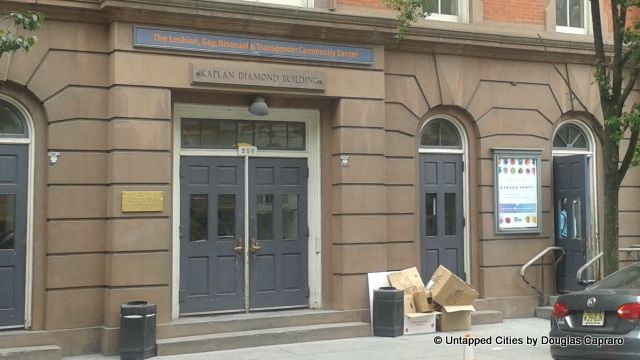
208 West 13th St.
Founded at its current location in 1983, the LGBT Center has played a huge role in NYC’s LGBT community by continuing to provide health services and empowerment. There are more than 300,000 visitors each year and was even the former home of the short-lived Harvey Milk High School.
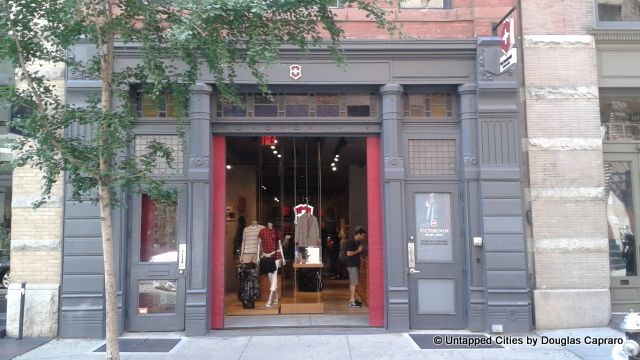
99 Wooster St.
Now a typical downtown clothing boutique, the storefront pictured above used to be a pivotal landmark for the LGBT community called the Gay Activists Alliance Firehouse. The firehouse served as the defacto meeting place and community center for the Gay Activists Alliance, which would also hold dances at the location to raise money for the organization. A fire destroyed the center in 1974.
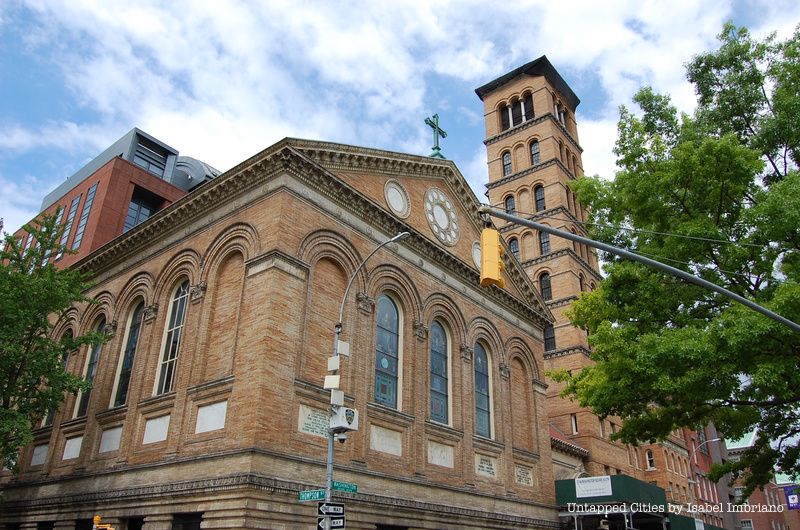
55 Washington Square South
The Judson Memorial Church is an extremely progressive church that continues to play a major role in the LGBT movement to this day. The church’s mission was redefined in the 1950s under the influence of a group of students from NYU and in addition to gay rights, it has also supported the civil rights movement and set up the first drug-treatment clinic in the Village, as well as one of the first low-cost abortion clinics.
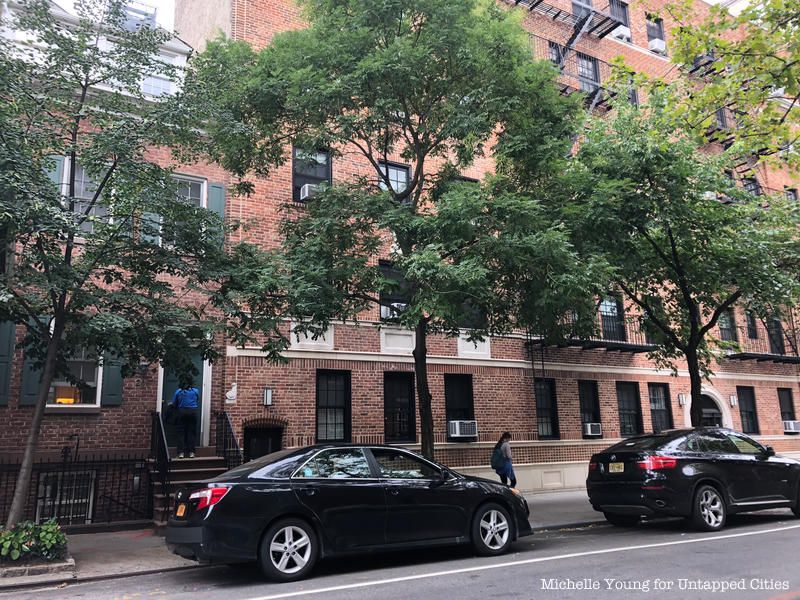
26-32 Charlton St.
The Daughters of Bilitis was the nation’s first lesbian civil and political rights group, first founded in San Francisco in 1955. By 1959, the DOB had spread to New York, and though they understandably faced a great deal of discrimination, Charlton Street was one of the locations that the group could regularly meet in NYC. Despite the fact that they were a pioneering group for the LGBT movement, tensions within the small group led to their dissolution in the 1970s.
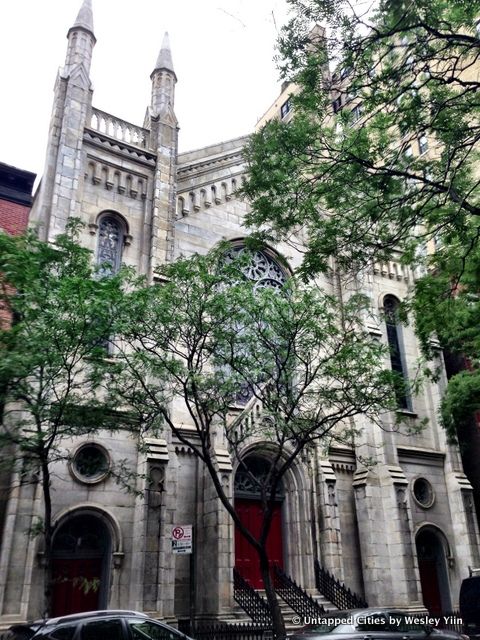
135 West 4th St.
Often called the “Peach Church” for its opposition to the Vietnam War and its tolerance of homosexuality, Washington Square United Methodist Church was one of the most liberal churches of its era. The church was the site of the Harvey Milk School of gay and lesbian youth, and was from 1973-1984, the congregation was led by the first openly gay minister in a major Christian denomination, Rev. Paul M. Abels. Unfortunately, the building was sold in 2004 and converted to luxury condos where resident Jude Law famously threw fruit at NYU students who were eager for a glimpse of his rented penthouse.
Get in touch with the author @DouglasCapraro.
Subscribe to our newsletter